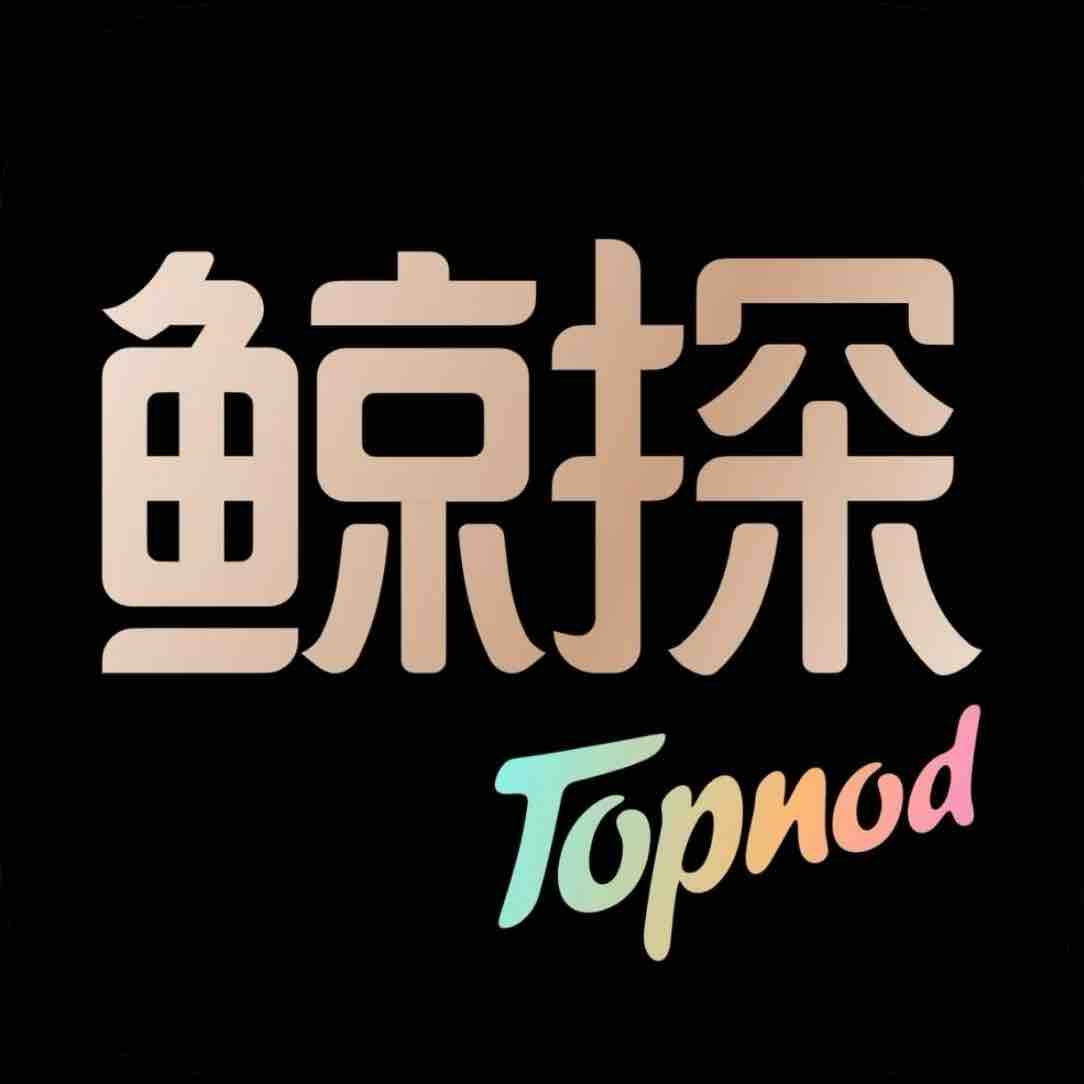
Multidimensional Evaluation of Collectible Value
Collectibles can be categorized into various types. Here, we primarily divide them based on whether they are representations of real-world items, into two general categories: cultural relics & traditional artworks, and original digital creations.
From the perspective of real-world intrinsic value, collectibles in the category of cultural relics and traditional artworks are backed by physical objects. Therefore, even if such collectibles are decentralized and lack ongoing project operation, they still possess inherent cultural and artistic value. For example, Along the River During the Qingming Festival (Qingming Shanghe Tu) is an artwork that cannot be priced in the traditional sense. However, if it is issued as 1,000 digital collectibles, users can collect and share it on a platform, thereby imbuing it with value. This value is formed through market consensus among participants.
One major issue with this category is over-issuance. If Along the River During the Qingming Festival is issued as 1,000 collectibles on a specific platform and no more editions are released in the digital collectibles space, then its scarcity is well-defined, and its value is indisputable. However, in reality, the same artwork may be issued on multiple platforms—such as on WhaleTalk and CUC New Culture Creation. To address this, the value of a collectible can be assessed by tracing its authorization pathway. If a collectible version of Along the River During the Qingming Festival is officially authorized and endorsed by traditional institutions, then it holds greater value than other versions with unclear authorization or no credible backing. Authorization can take various forms, which will be discussed separately in more detail.
Original digital creations, by contrast, are not backed by physical real-world objects, and thus lack inherent consensus-based value in the physical world. Their value must be assessed from two dimensions. The first is the quality of the collectible—even if a collectible is not linked to a physical item, if it is designed by a renowned artist such as Takashi Murakami, it may still possess artistic and cultural value. The second is the utility or “empowerment” of the collectible. If the digital collectible is connected to some real-world benefit, its value can be indirectly derived from that benefit. For instance, a collectible may not have intrinsic artistic value, but if ownership of it grants access to a concert ticket worth 10,000 RMB, then the collectible itself can be considered to have that same value.
However, empowerment depends heavily on the credibility and operations of the project team, which introduces high uncertainty. Therefore, when evaluating original digital collectibles, it is advisable to first consider their artistic or cultural merit, and only then evaluate their potential utility-based value.